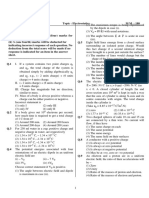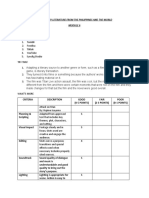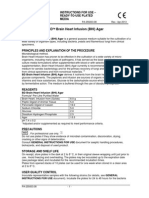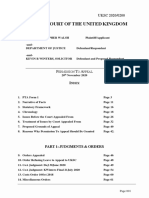0% found this document useful (0 votes)
177 views7 pagesMCQ Unit 2
- The document provides a 40 question multiple choice test on physics concepts related to electricity and capacitors.
- The test covers topics like electric fields, electric potential, conductors, capacitors and energy storage in capacitors.
- All questions in Section A are compulsory and students have 1 hour to complete the test.
Uploaded by
pro GamingCopyright
© © All Rights Reserved
We take content rights seriously. If you suspect this is your content, claim it here.
Available Formats
Download as DOCX, PDF, TXT or read online on Scribd
0% found this document useful (0 votes)
177 views7 pagesMCQ Unit 2
- The document provides a 40 question multiple choice test on physics concepts related to electricity and capacitors.
- The test covers topics like electric fields, electric potential, conductors, capacitors and energy storage in capacitors.
- All questions in Section A are compulsory and students have 1 hour to complete the test.
Uploaded by
pro GamingCopyright
© © All Rights Reserved
We take content rights seriously. If you suspect this is your content, claim it here.
Available Formats
Download as DOCX, PDF, TXT or read online on Scribd
/ 7
























































































